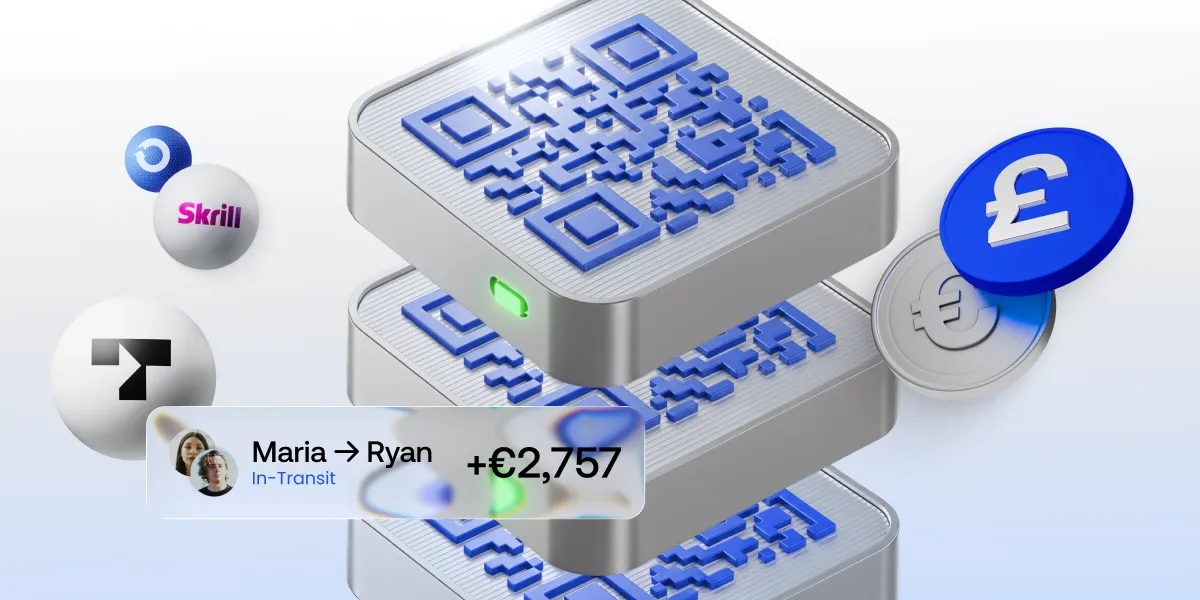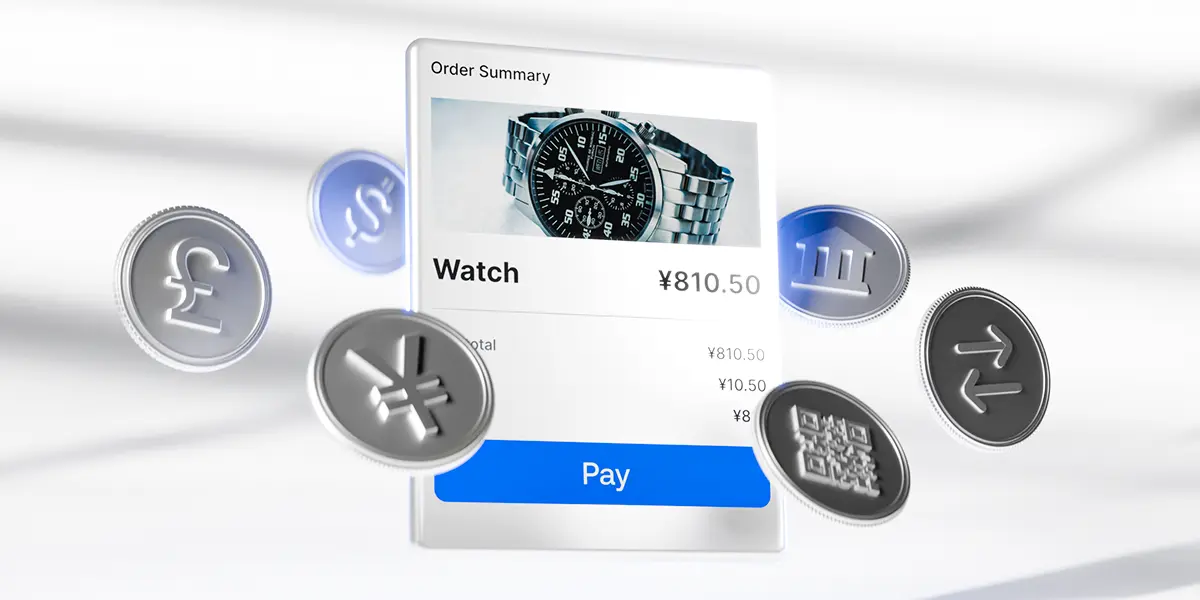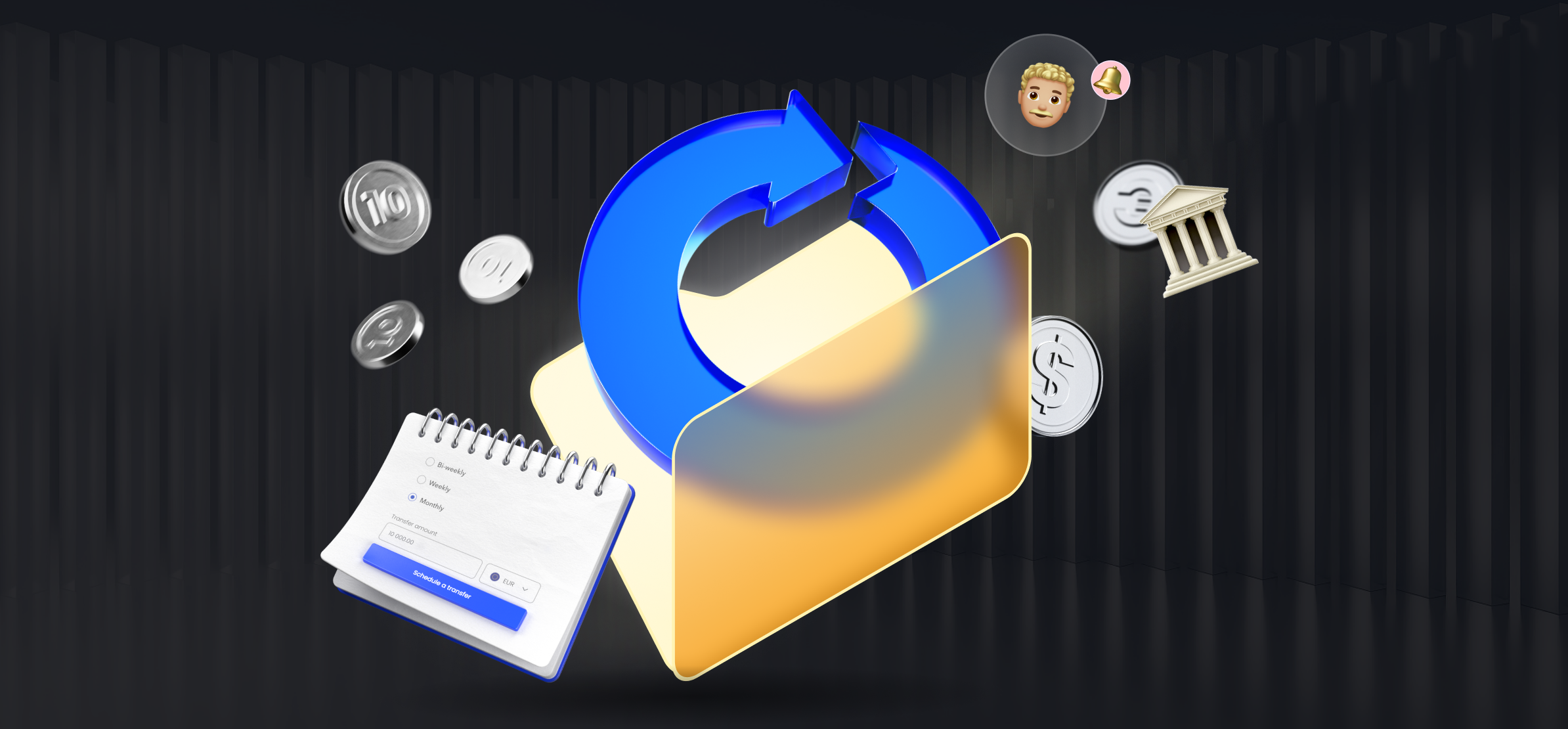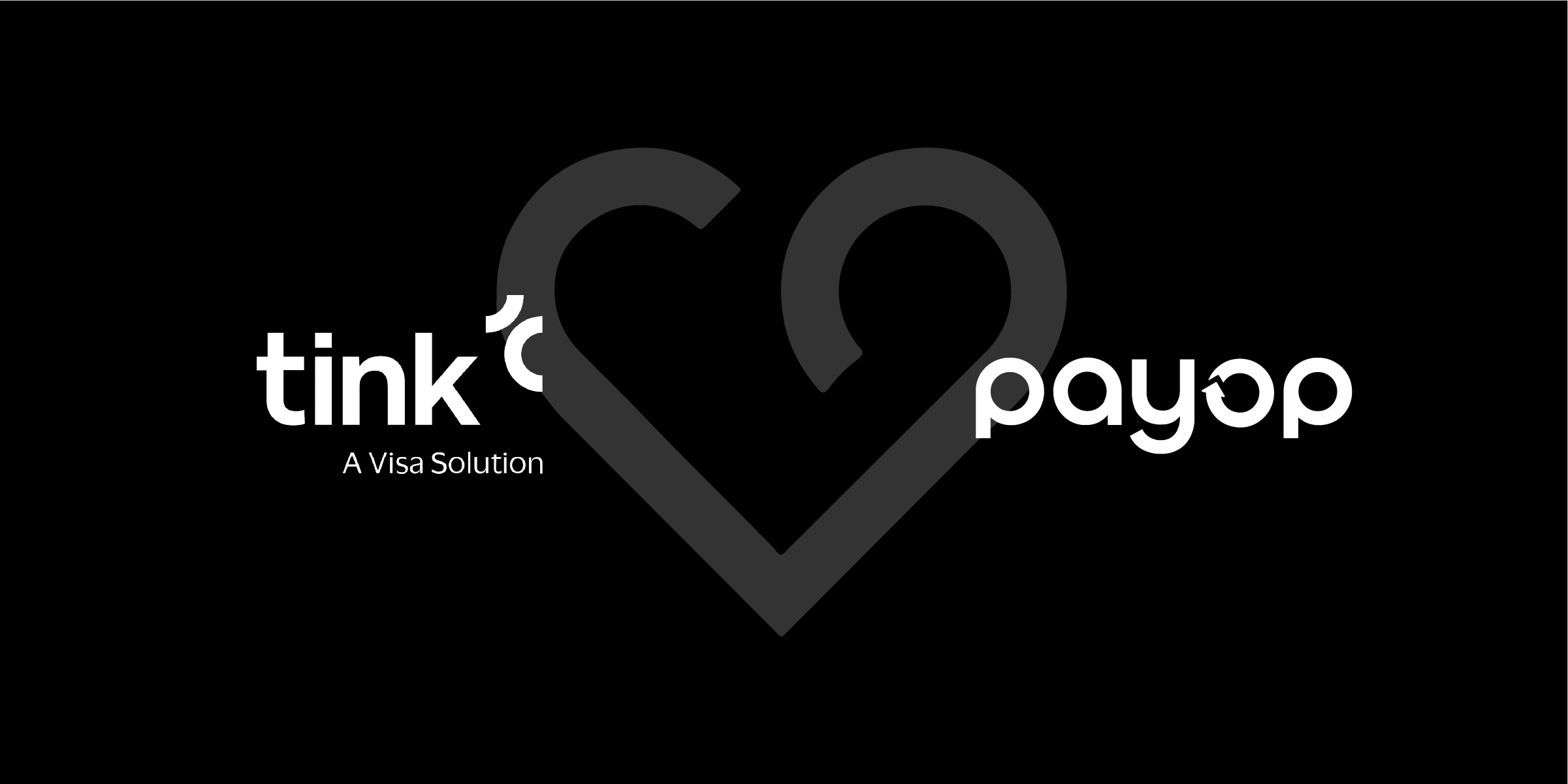How digital wallets are transforming payment preferences globally

Digital wallets have surged into everyday life, changing payment preferences and transforming how people pay for everything from their morning coffee to global purchases. By combining convenience, speed, and a focus on security, digital wallets are changing how consumers think about payments, paving the way for a future where paying with a phone, watch, or computer is second nature.
This article will delve into what makes digital wallets so popular, their influence in different parts of the world, and what this trend means for the future of payments.
What is a digital wallet?
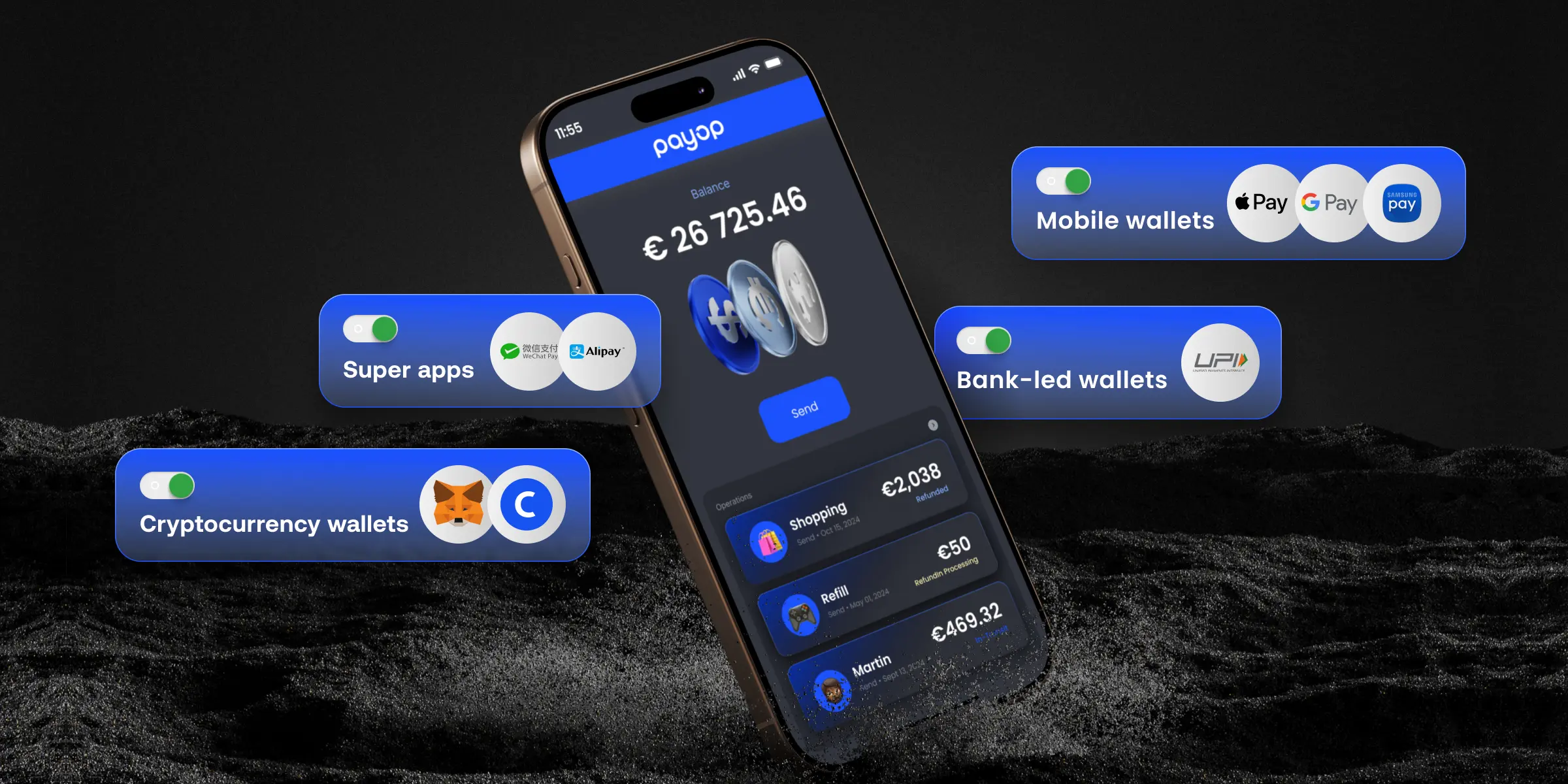
A digital wallet, or e-wallet, is like a traditional wallet but without the bulk or the need to carry it around. Also known as an e-wallet, it’s an electronic device or online service that allows one to make secure electronic transactions.
Unlike traditional wallets, digital wallets store information about payment methods (like credit and debit cards, bank accounts, or cryptocurrency wallets) digitally, eliminating the need for physical cash or cards. Users can pay directly for goods and services using smartphones or other devices with a tap, scan, or click.
The most common types of digital wallets include:
- Mobile wallets like Apple Pay, Google Pay, and Samsung Pay.
- Super apps such as WeChat Pay and Alipay in Asia offer many services beyond payments.
- Cryptocurrency wallets like MetaMask and Coinbase Wallet.
- Bank-led wallets like UPI apps in India.
Why are digital wallets on the rise?
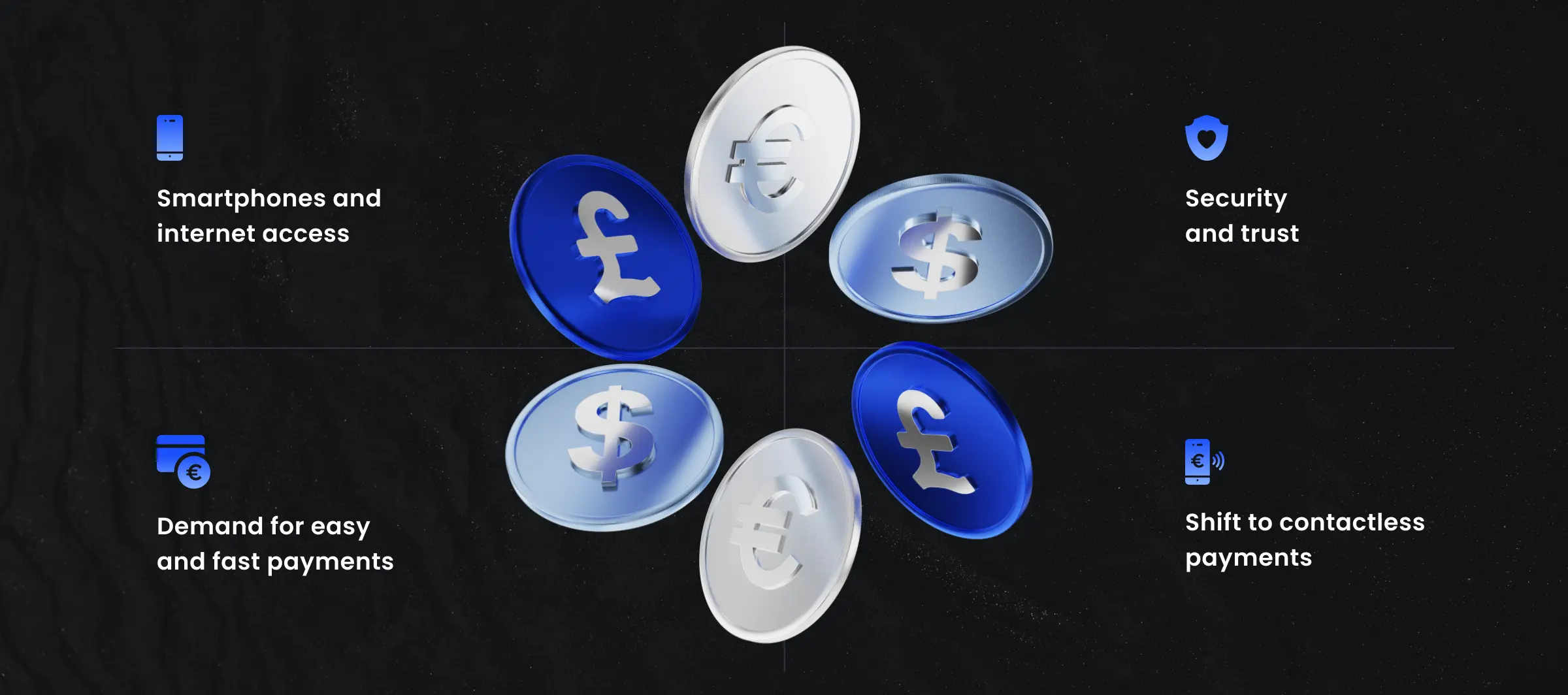
Digital wallets didn’t just appear out of nowhere. Their rise has been driven by several key factors that continue to fuel their growth:
1. Smartphones and internet access
As more people worldwide access smartphones and the internet, mobile-based digital wallets become accessible to more consumers. In many areas, mobile phones are more common than bank accounts, giving digital wallets a massive potential market among unbanked populations.
2. Demand for easy and fast payments
We’re all used to the convenience of instant online interactions, and payments are no exception. With digital wallets, there’s no need to carry cash, swipe a card, or remember multiple PINs; you simply tap or scan, and you’re done. Younger generations, like millennials and Gen Z, have come to expect this level of convenience, making digital wallets a top choice.
3. Security and trust
Security has been a critical focus in the digital payment world, and digital wallets offer enhanced protection through technologies like biometrics, encryption, and tokenization. This reduces the chance of fraud, giving consumers and businesses more peace of mind.
4. Shift to contactless payments
COVID-19 was a major accelerator for digital wallet adoption, as people looked for contact-free ways to pay. Businesses, too, adapted, adding digital and contactless payment options to accommodate health-conscious customers.
Digital wallets around the world
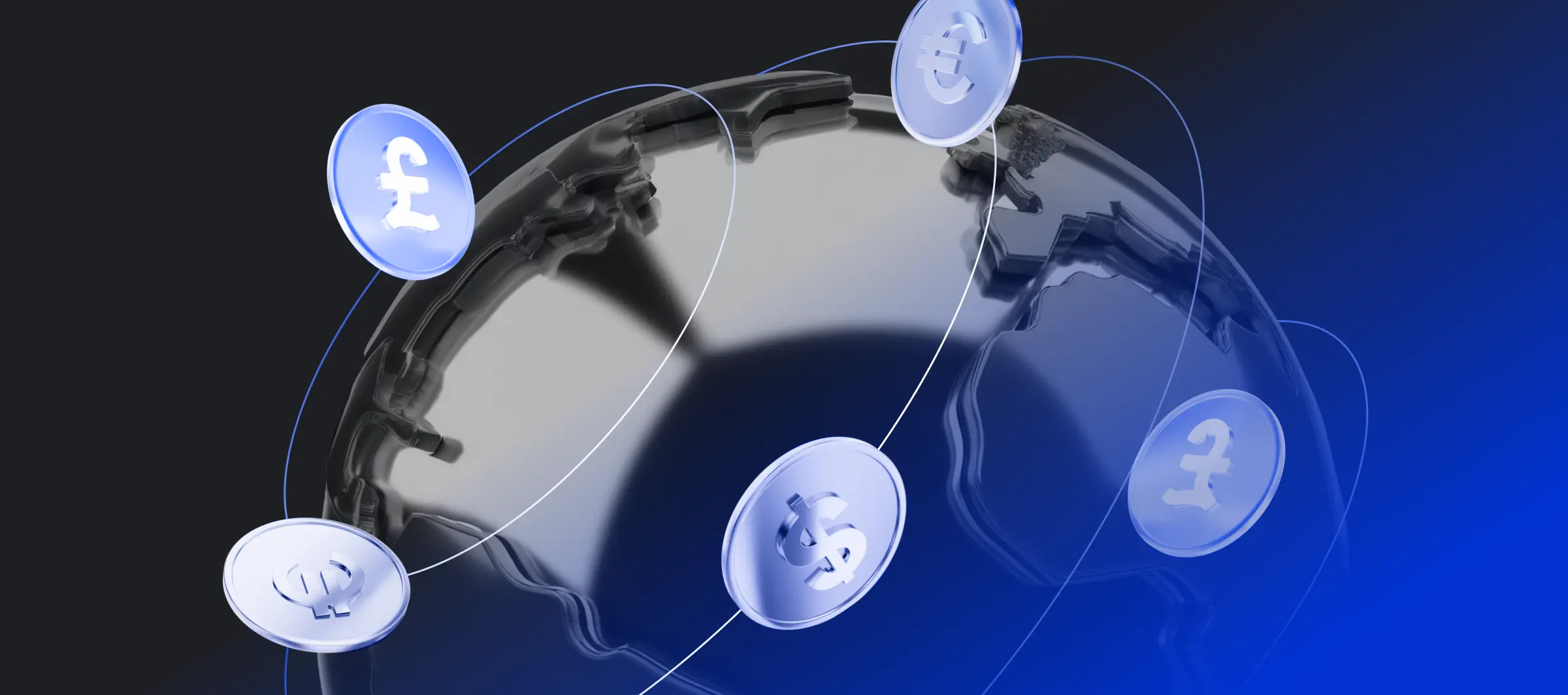
The impact of digital wallets varies across different regions and is influenced by local technology, consumer behaviour, and regulatory landscapes.
Asia-Pacific
Asia-Pacific is the global epicentre of digital wallet use, led by giants like WeChat Pay, Alipay, and GrabPay. These super apps are much more than digital wallets; they’re ecosystems where users can chat, shop, pay bills, order food, and more—all within one platform.
In countries like China, digital wallets are a near-essential part of daily life, with over 80% of smartphone users relying on them for almost all transactions.
Learn about top payment methods in Asia.
Europe
Europe is seeing steady digital wallet adoption, especially in countries like the UK, Germany, and Sweden. European consumers are also keen on bank-based wallets like Revolut and Monzo, which bring banking and payments under one digital roof.
Digital wallets are increasingly popular in-store and online, driven by consumer demand and supportive open banking regulations.
Learn about top payment methods in Europe.
Latin America
In Latin America, digital wallets are making financial services more accessible in a region where many people are unbanked. Platforms like MercadoPago and Pix enable people to pay bills, shop online, and transfer funds even without a bank account.
As digital wallets gain popularity, they’re changing payment habits and fostering greater financial inclusion.
Learn about top payment methods in Latin America.
Africa
In Africa, digital wallets are transforming how people pay, focusing on financial inclusion and economic growth. Services like M-Pesa have revolutionised payments, especially for micro-payments and peer-to-peer transactions.
Digital wallets are filling the gap for people without access to traditional banking, making it easier to conduct business and build wealth in the digital economy.
Key trends in digital wallet adoption
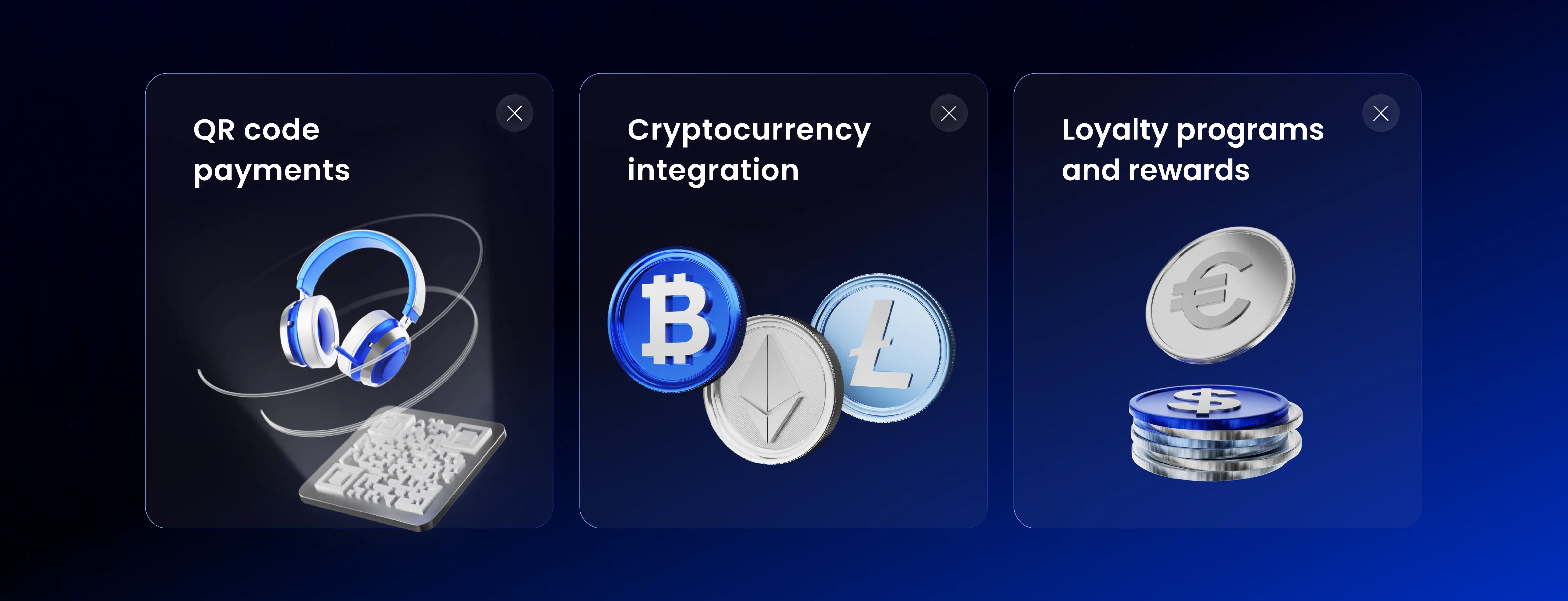
QR code payments
QR codes are booming, especially in places like Asia and Latin America. They’re cheap, user-friendly, and work with low-tech devices, making them accessible for merchants and consumers. Expect QR-based payments to keep growing as a popular feature in digital wallets.
Cryptocurrency integration
As cryptocurrencies become more mainstream, digital wallets are starting to support crypto payments. This opens up new possibilities for users looking to engage with digital assets, with many wallets now enabling seamless crypto transactions alongside traditional currencies.
Loyalty programs and rewards
Who doesn’t like perks? Many digital wallets now feature loyalty programs, which help boost their popularity. Consumers can earn rewards, points, or cashback on everyday purchases, making digital wallets an even more attractive choice.
Why businesses should embrace digital wallets

Businesses are quick to recognise the benefits of digital wallets and how these payment methods can draw in customers. By accepting digital wallets, merchants can attract a broader audience, particularly in markets where digital wallets are already mainstream. Digital wallets also offer businesses advantages like faster settlement times, lower transaction fees, and improved security—all valuable in today’s competitive landscape.
Final thoughts
Digital wallets are redefining payments, making secure, fast, and flexible options a must for today’s consumers. For businesses, adopting digital wallets is essential to meet these evolving expectations.
Payop simplifies this transition by enabling you to connect diverse payment methods, including digital wallets, in a single integration. By partnering with Payop, your businesses can tap into new markets, enhance transaction speed, and deliver the convenience customers seek, staying competitive as digital wallet usage grows worldwide.
Contact us at sales@payop.com to get an individual consultation.


